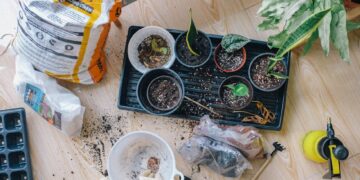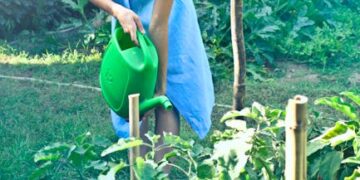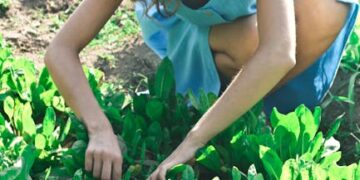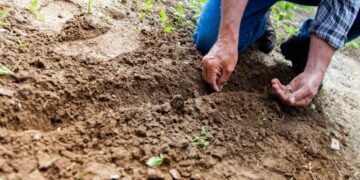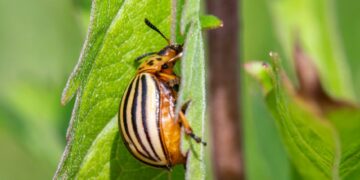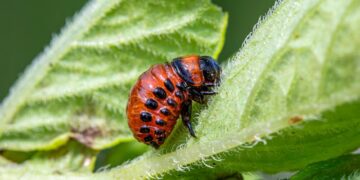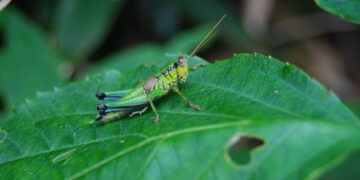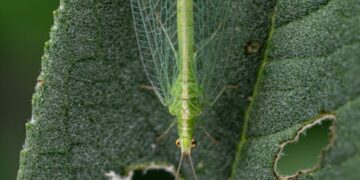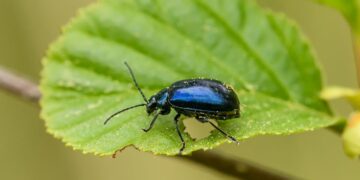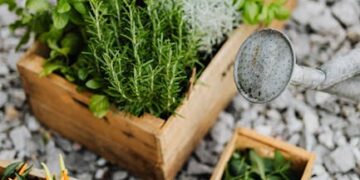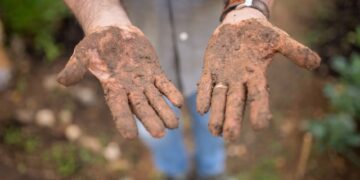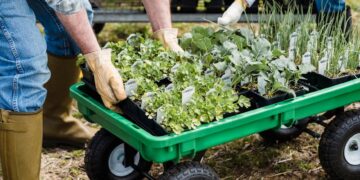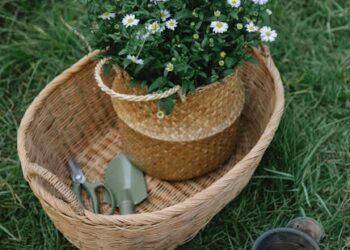Unlock the Secrets of Effective Plant Pruning: A Comprehensive Guide
Pruning plants is an essential garden skill that can bring the best out of your plant’s performance and enhance the overall beauty of your garden. Whether you’re a novice in gardening or a seasoned green thumb, understanding the why, when, and how of proper pruning will not only keep your plants healthy but also ensure they achieve their fullest potential.
What is Plant Pruning?
Simply put, pruning involves removing parts of a plant, such as branches, buds, or roots to improve the plant’s health, shape, and productivity. It’s an age-old gardening technique used to enhance flower and fruit production, encourage new growth, and maintain a tidy appearance.
Why is Pruning Important?
Ignoring the need to prune your plants can lead to a variety of issues. Without regular pruning, plants can become overgrown, which often results in poor flowering and fruiting. It can also lead to diseased or dead branches that harm the plant’s overall health. Pruning revitalizes a plant, encourages growth, and maintains its ideal shape and size.
Enhances Plant Health
Removing dead or dying branches eliminates potential threats from pests and diseases. This sanitation leaves your plant stronger and healthier.
Improves Plant Appearance
Controlling the shape of your plants not only enhances their aesthetic appeal but also ensures that they do not overshadow other plants or overtake the garden space.
Boosts Flower and Fruit Production
Strategic cutting stimulates the growth of younger, more vigorous branches which are often more capable of producing abundant flowers and fruits.
When to Prune?
Timing plays a crucial role in pruning. While the best time to prune varies among plant species, there are general guidelines you can follow:
Woody Plants
For trees and shrubs, winter and early spring are ideal, as most woody plants are dormant during these seasons. Pruning in dormancy promotes rapid growth once the growing season starts.
Flowering Plants
Prune right after the blooming cycle concludes. This timing avoids cutting off new buds and maximizes flowering potential for the next season.
Fruit Trees
Similar to flowering plants, fruit trees benefit from pruning soon after the harvest and before the first frost to prepare them for the upcoming growing season.
How to Prune Effectively?
Understanding the basics of plant pruning goes a long way in improving your gardening skills. Here’s how to get started:
Use the Right Tools
Equip yourself with necessary pruning tools such as pruning shears, loppers, and saws, making sure they are clean and sharp.
Cuts and Techniques
- Thinning: Removes branches at their point of origin to enhance plant structure and airflow.
- Heading: Shortens a branch or stem to prompt the growth of new branches.
- Shearing: Evens out hedge lines, shaping the plant into the desired form.
Make Clean Cuts
Clean, precise cuts help prevent damage and diseases in plants. Always cut just above a bud or branch junction and at an angle slanting away from the bud to avoid water accumulation that could lead to rot.
Common Pruning Myths Debunked
Myth #1: “Prune as much as possible for the best results.”
Over-pruning can stress the plant, reduce its vigor, and expose it to pests and diseases. It’s important to not remove more than 30% of a plant’s canopy at any one time.
Myth #2: “Topping trees is an effective way to reduce their size.”
Topping, or cutting off the top of a tree, can result in weak new growth and increased susceptibility to pests and diseases. Instead, focus on selective thinning.
Advanced Techniques and Tips
For those looking to deepen their pruning expertise, here are additional techniques:
Rejuvenation Pruning
This involves severe pruning back to a few inches above the ground – used primarily on woody shrubs to encourage new growth from the roots.
Restorative Pruning
Useful for restoring neglected, overgrown plants by systematically pruning back to healthy wood and promoting a healthier plant structure.
Conclusion
Pruning is both an art and a science that requires understanding and practice. Whether you’re looking to boost blooming, maintain plant health, or shape your garden, mastering pruning skills will enhance both the vitality of your plants and the aesthetics of your garden. Use the guidelines and tips in this comprehensive guide to empower yourself to make those careful cuts that count!

